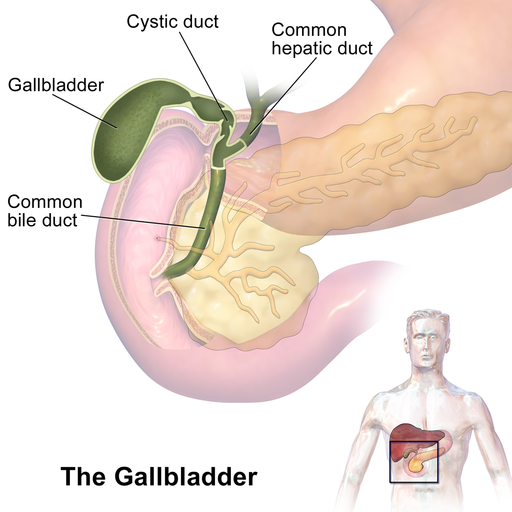The gallbladder is a pear-shaped organ under the liver. It stores bile, a fluid made by the liver to digest fat. The gallbladder releases bile through a tube called the common bile duct as the stomach and intestines digest food. The duct connects the gallbladder and liver to your the intestine.
If something blocks the flow of bile through the bile ducts, it is problematic. The blockage is usually a gallstone. Gallstones form when substances in bile harden. Gallstone attacks usually happen after you eat. Signs of a gallstone attack may include nausea, vomiting, or pain in the abdomen, back, or just under the right arm.
Gallstones are most common among older adults, women, overweight people, Native Americans and Mexican Americans.
Diagnosis and Treatment
Gallstones are often found during imaging tests for other health conditions. People without symptoms usually do not need treatment. The most common treatment is removal of the gallbladder. Fortunately, humans can live without a gallbladder. Bile has other ways to reach the small intestine.
Candela Citations
- Gallbladder (organ). Authored by: BruceBlaus. Located at: https://commons.wikimedia.org/wiki/File%3AGallbladder_(organ).png. License: CC BY-SA: Attribution-ShareAlike
- Gallstones. Authored by: MedlinePlus. Provided by: National Library of Medicine. Located at: https://www.nlm.nih.gov/medlineplus/gallstones.html. License: Public Domain: No Known Copyright
